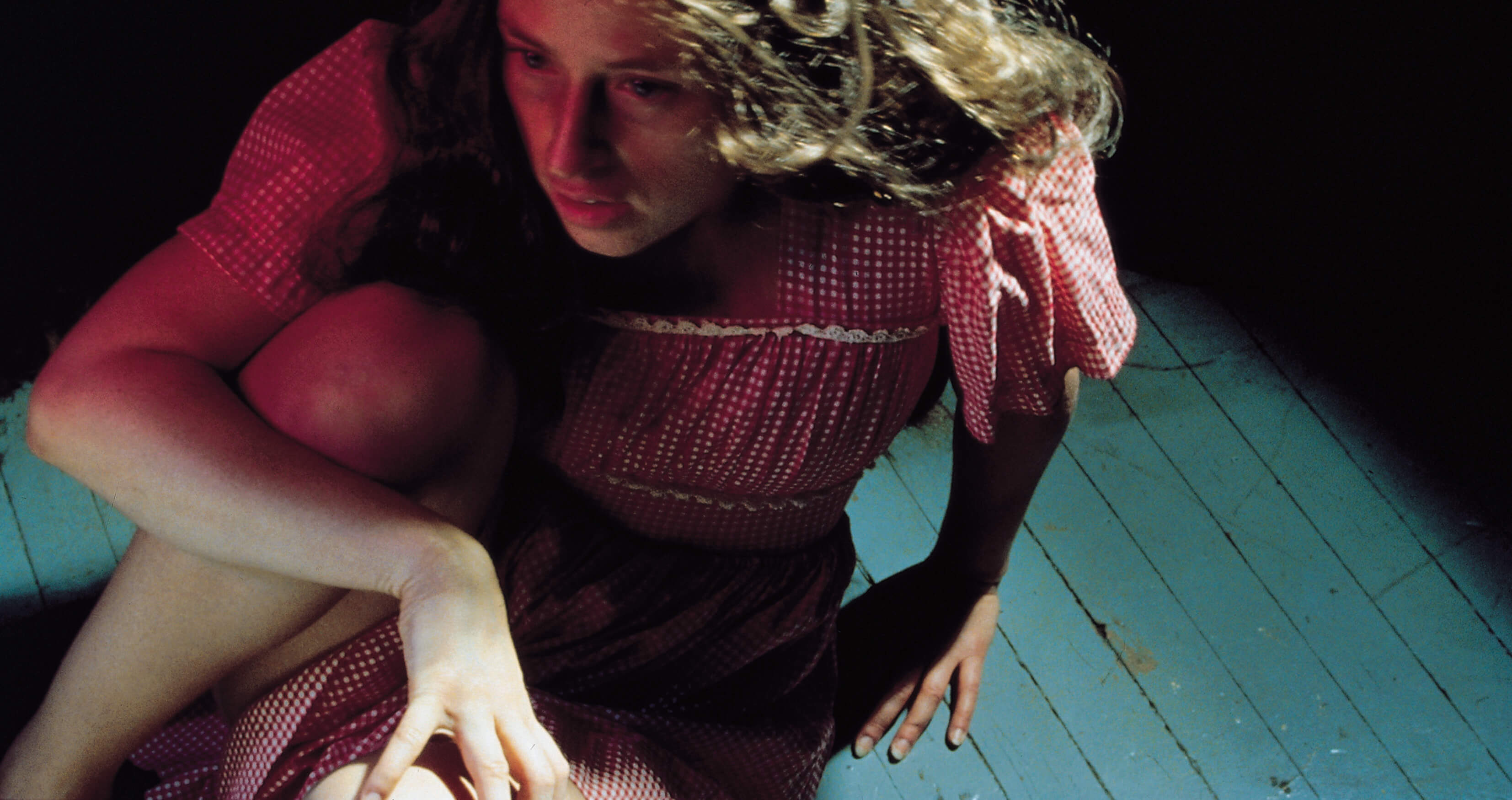Todo el tiempo, 2010
, 5 min 15 s, colour, sound (music: Glez)
Courtesy of NYSUfilms
In Todo el tiempo, Jesús Hernández, with musical backing by Glez (alias Amaro Ferreiro), created a disturbing ‘last supper’ plagued with pictorialist references to and mentions of the tenebrist aesthetic and the still lifes of the Baroque tradition. With painstaking staging and a virtuoso use of the stop- motion technique, he presents us with a surprising gallery of characters who are disturbing one moment and hilarious the next. Black humour and audiovisual experimentation at the service of a story suspended in time, in which the tension keeps growing until we reach the unexpected end.

Henryk Weyssenhoff, author of landscapes, prints, and illustrations, devoted much of his creative energies to realistic vistas of Belorussia, Lithuania, and Samogitia. A descendant of an ancient noble family which moved east to the newly Polonised Inflanty in the 17th century, the young Henryk was raised to cherish Polish national traditions.

The exhibition Look at Me! Portraits and Other Fictions from the ”la Caixa” Contemporary Art Collection examines portraiture, one of the oldest artistic genres, through a significant number of works of our times. Through the exhibition we will be sharing about the artists and sections in Look At Me!.
Tuesday - Saturday 10:00 - 19:00
Friday 10:00 - 22:00
Sunday 12:00 - 18:00
The museum is closed on Mondays.
On Wednesdays, the students can
visit the museum free of admission.
Full ticket: 300 TL
Discounted: 150 TL
Groups: 200 TL (minimum 10 people)